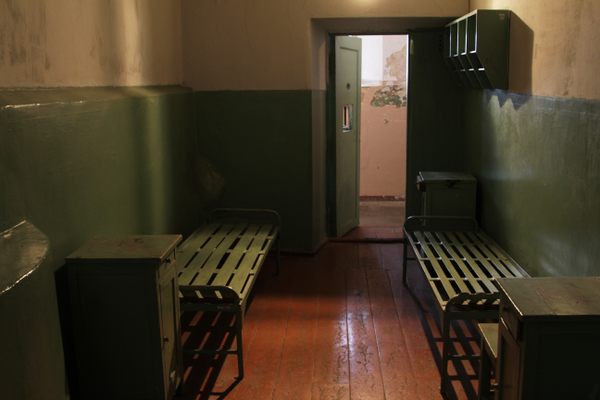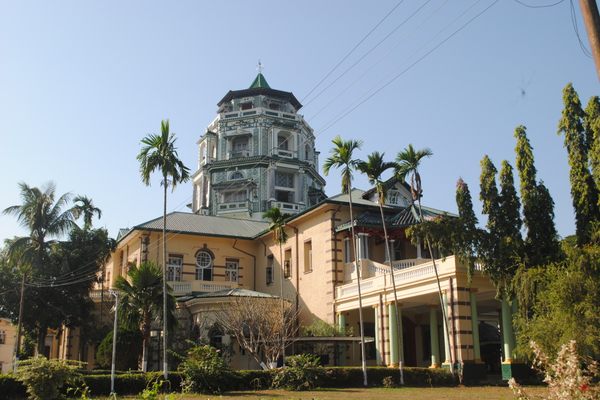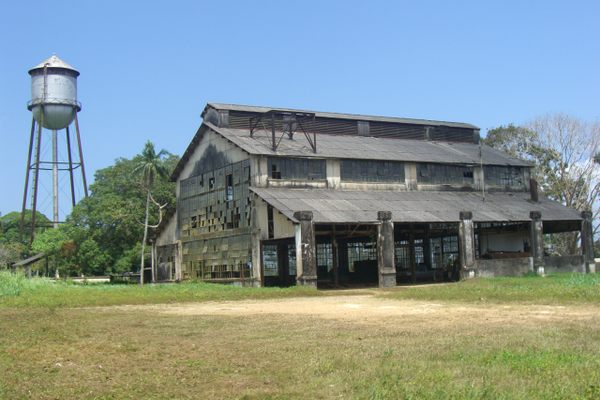Kulgrindas
Underwater roads undetectable from the surface used for escape routes from foreign invaders.
Hidden underwater, these stony roads were built across swamps and swampy areas to be used for defense from foreign invaders. Known only to the locals (and undetectable from the surface), they were installed as a system enabling them to escape the eye of invaders (such as the Teutonic Knights in the 13th and 14th centuries), providing a safe shortcut between villages, hill forts, and other defensive structures.
The secret passages were built by bringing stones, wood, or gravel over frozen swamps during the winter, and letting them sink once the ice melted. This procedure would be repeated several times until the channel became grounded and permanent. Sometimes, wooden posts were inserted to protect the elevated area from washing away.
Although over 25 kulgrindas have been found in Lithuania (about half of them in Samogitia), remnants of passageways have also been found in Kaliningrad Oblast (former East Prussia), Belarus, and Latvia.
First investigated by Ludwik Krzywicki, the longest and most famous kulgrinda stretches across the Sietuva swamp in Samogitia. It was used up until the 19th century as a road between Kaltinėnai and Tverai.















Follow us on Twitter to get the latest on the world's hidden wonders.
Like us on Facebook to get the latest on the world's hidden wonders.
Follow us on Twitter Like us on Facebook